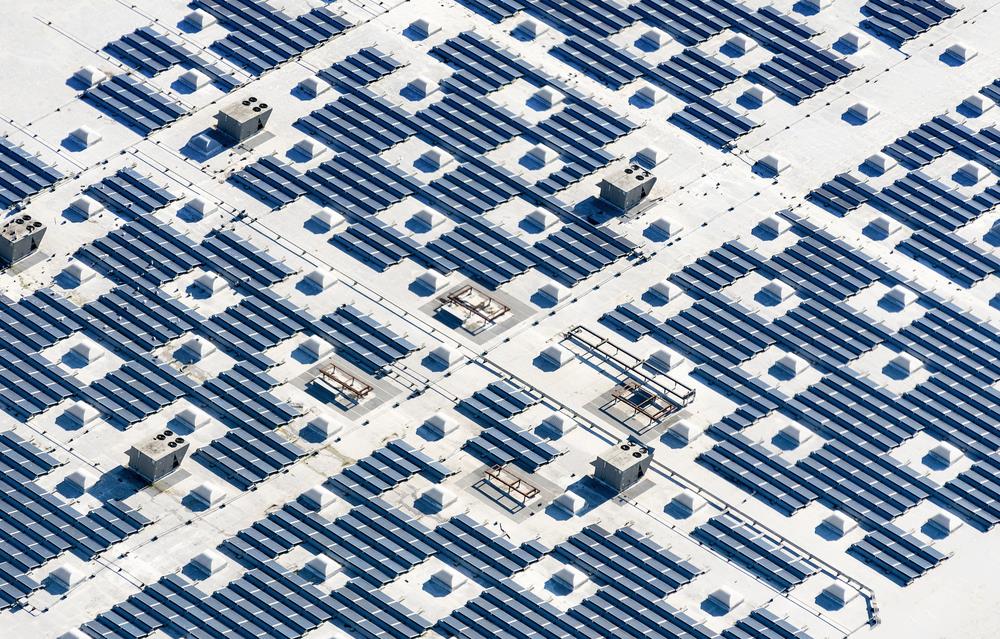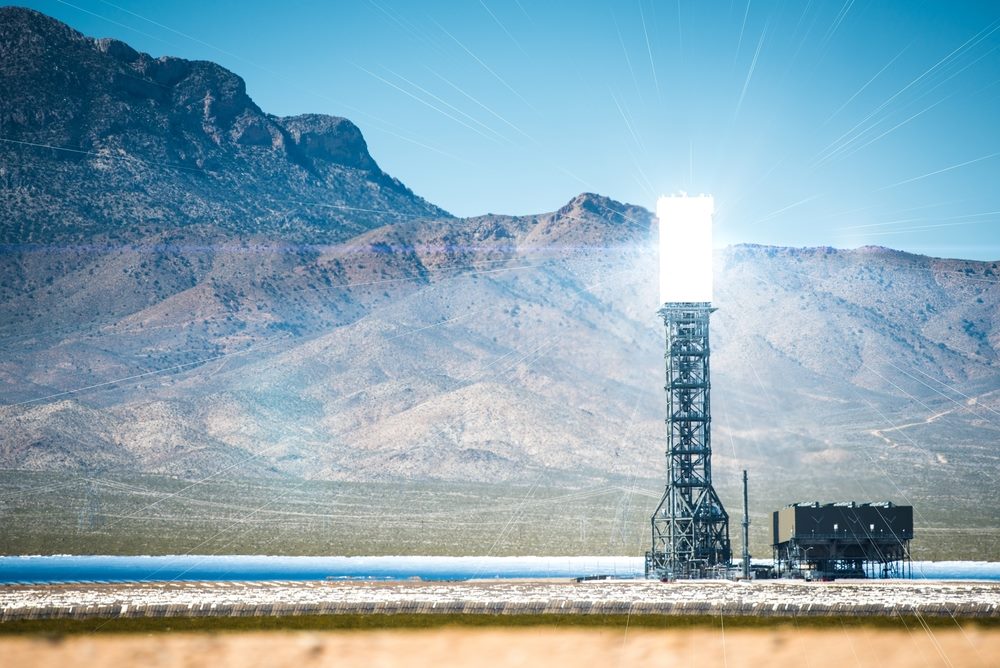Companies in California That Pay to Take Their Electricity to Other Parts of the United States
Pay to take your product is not the best business model, but it is just what is happening with several companies in California.

The signatures of the most populous state in the United States that generate electricity through solar energy are producing so far that they have begun to negotiate with other companies in other countries for payments to take surpluses.
The western state government says that these agreements “ avoid overloading their high-voltage lines.”
Why are there ecologists who oppose solar energy in the California desert?
Although it sounds strange, the situation does not mean they are “throwing money away,” says economist Severin Borenstein, a professor at the Haas School of Business at the University of Berkeley.
“But it’s probably an indicator that there are some serious problems in the way we are managing the network and the way we are making investment decisions,” says Borenstein.
Why is this happening?
A lot of energy
In 2015, California’s power plants generated almost 15 times more electricity from solar power sources than they did in 2010, according to the California Energy Commission.
The growth is mainly due to the laws that aim that half of the electricity sold to consumers comes from renewable sources by the year 2030.
Meanwhile, the production of traditional energy sources has not stopped.
About 60% of the electricity generated in California came from natural gas in 2015.
It grew 7% compared to 2010 after regulators approved the creation of more power plants following a series of blackouts and supply problems in the 2000s.
For the Los Angeles Times, California has an “excess of energy.”
The capacity of renewable sources to produce electricity exceeds that of coal.
The demand is reduced

Although there is more and more energy, consumption has been reduced, as reflected by the per capita consumption registered between 2010 and 2015.
The state, sunny and warm in most of the year, is among those with the lowest per capita consumption among the 50 states in the country.
So supply and demand are increasingly out of date, especially during peak sun hours.
That is a problem.
In extreme cases, production peaks can overwhelm power lines and result in power outages.
One response from network operators has been to reduce the production of solar and wind power plants, which they say are responsible for the excess of electricity.
In 2016, 1.6% of solar electricity generation was reduced, according to the California Independent System Operator, who manages the network and the state’s wholesale electricity market.
Why do they pay to take the electricity?
Renewable energy is sold on the one hand through long-term contracts to retailers, but also in real time to a regional wholesale market, where prices fluctuate according to supply and demand.
Prices become below zero in the wholesale market when there is too much supply. In those cases of “negative prices,” companies pay others to take energy.
In some cases, utility or other company has already paid for the power at a higher price but does not need it.
In other cases, it is more expensive for the solar energy firm to stop production than to pay another company in another state for taking electricity, due to the tax benefits they have.
Cases of negative prices are rare, but they are increasing.
In 2016, the case was just over 5% in one of the wholesale price indices, while the previous year it was 4%, according to the California Independent System Operator.
Does it benefit consumers?

The growth of renewable energy has led to negative prices in Texas, which has a significant amount of wind energy, as well as in the United Kingdom, Germany and other parts of Europe.
However, in the case of California families are not receiving a less expensive electricity bill and in fact, have one of the highest costs in the nation.
This is due to the high prices fixed in the long-term contracts for the supply to households, as well as quotas for the creation of new gas and solar energy plants.
What’s more, if companies have to pay others to take their energy, the money is taken from the benefits, a cost that is eventually passed on to taxpayers, says Professor Borenstein of the Haas Business School.
The clients of the public companies of other states that are paid to take the energy are the beneficiaries, as reported by the Los Angeles Times.
Large companies with more flexible electricity packages can also take advantage of the situation, says economist James Bushnell, a professor at the University of California at Davis.
What can be done?
One option is to change the way tax benefits for renewable energies work.
That would mean that companies do not have so many incentives to keep their plants running when no more energy is required.
Another option would be to make the retail market more flexible. So families can choose to use electricity at home or recharge electric cars when electricity is at a time of low prices.
“Economists have long called for retail prices to reflect wholesale market rates,” says Lucas Davis, another professor at the Haas School of Business at the University of Berkeley.
“I think it’s a good time for economists to relaunch the idea,” he says.
